 |
| AN/APS-20 display (Photo by Jerry Proc) |
 |
| AN/APS-20 display (Photo by Jerry Proc) |
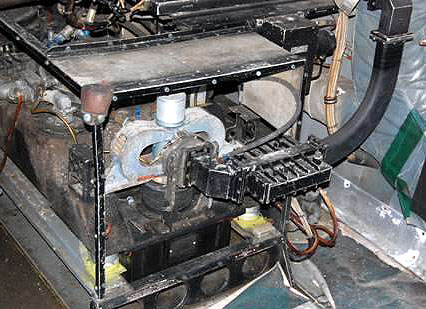 |
| AN/APS-20 transmitter |
 |
| AN/APS-20 receiver |
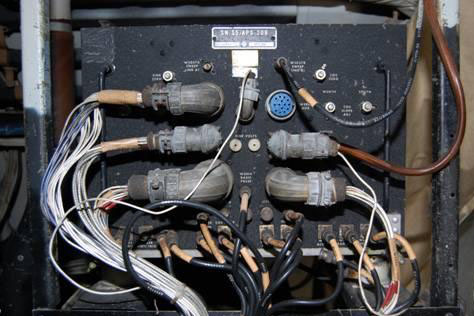 |
| AN- APS20 synchronizer and power supply |
| All photos in this table by Cdr. Gerald Durbin |
 |
| AN/APS-20 High voltage supply |
 |
| AN/APS-20 Low voltage power supply |
 |
| The coolant tank was used to cool the high voltage power supply and the transmitter. Glycol coolant was pumped into the covers to dissipate heat as they were sealed units. |
| All photos in this table by Cdr. Gerald Durbin |
AN/APS-20A PHOTOS
So why does the AN/APS-20a radar have two PPI screens instead of one?”
Here is what Chatgpt had to say about it.Featured are two Plan Position Indicator (PPI) screens for practical operational reasons.
1. Different Range Scales
Each PPI screen typically operates on a different range scale:One screen might display a wide-area view (long range, e.g., 100 nautical miles) for general situational awareness.
The other screen might show a shorter-range, high-detail view (e.g., 25 or 50 nautical miles) for tracking or targeting specific contacts.This dual-scale approach allowed operators to:
Monitor large regions for distant contacts.
Simultaneously focus on local threats or navigational hazards.2. Multifunction Operation
Different screens could be configured to display different radar modes or filters:
One might prioritize surface targets (e.g., ships or submarines).The other could focus on airborne targets or display with different pulse repetition frequencies or display enhancements.
One operator could can broadly, while another could concentrate on tracking or targeting without interference.Summary:
The AN/APS-20A radar has two PPI screens to allow simultaneous viewing at different ranges or modes, improving situational awareness, tracking, and crew coordination during complex airborne surveillance or naval operations.
| APS-20A Magnetron tube. which produced 900 kwpeak of power in the S band (2,800 MHz ). |
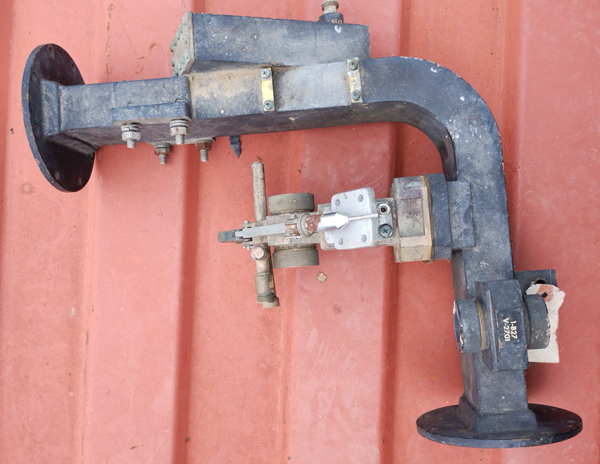 |
| APS-20A Duplexor- view 1. It was made entirely of copper. |
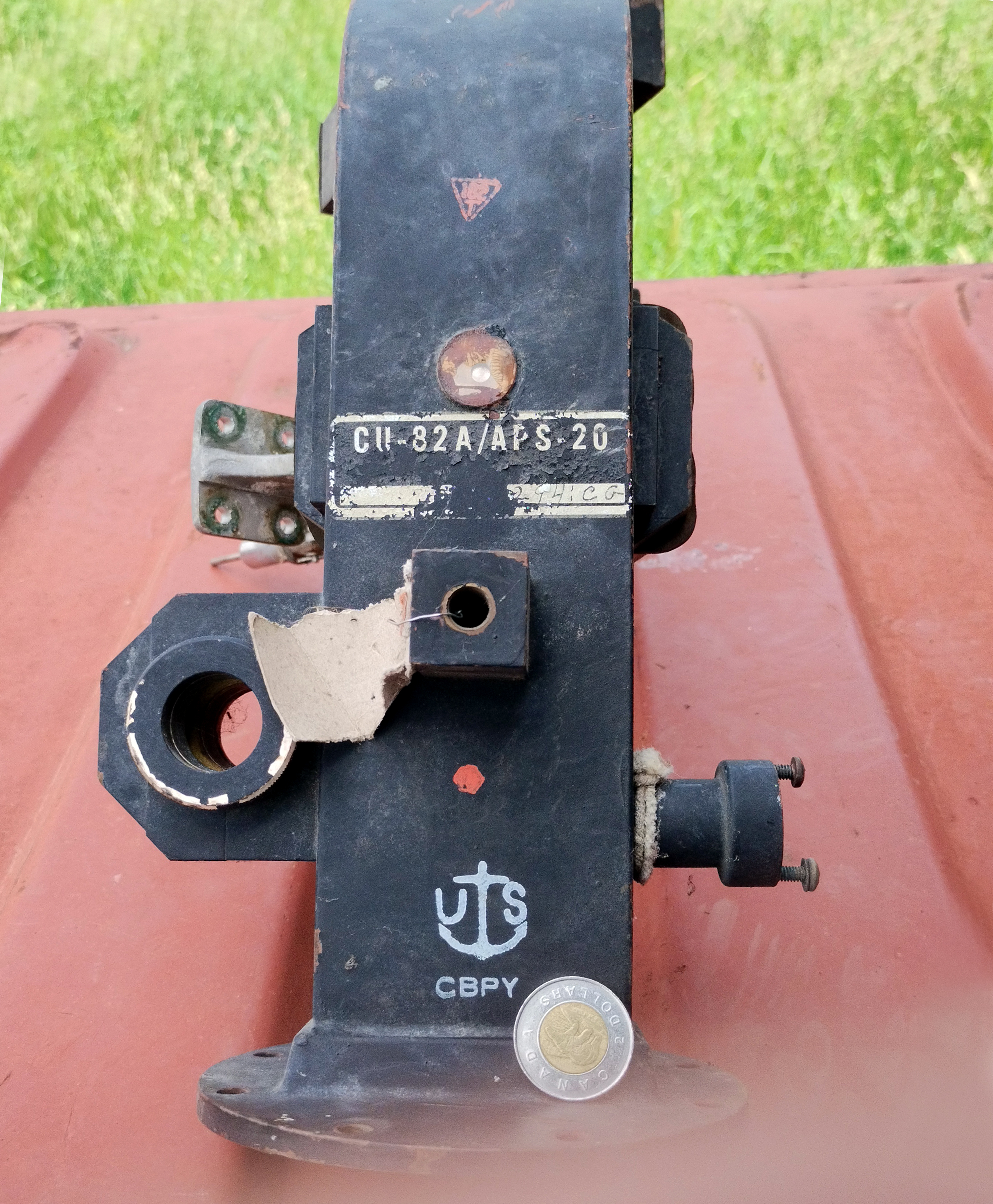 |
| APS-20A Duplexor - view 2. The duplexor contains a gaseous TR. (transmit-switch) and pre-TR cavities. |
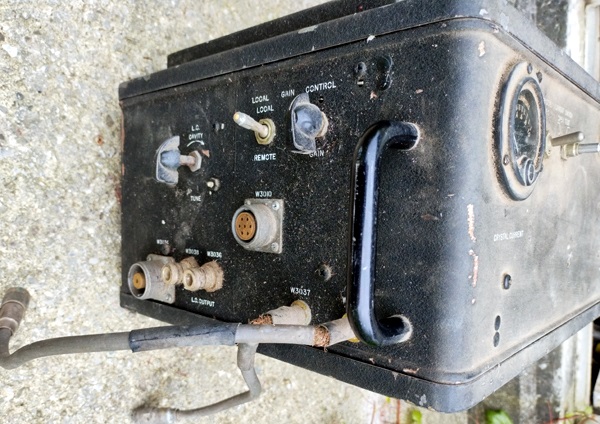 |
| APS-20A Receiver - front view |
 |
| APS-20A Receiver - top view |
| The modulator power supply is missing from this group of assemblies./ |
| All photos in this table by Jim Fleming VE3PBJ |
| TEST INSTRUMENTS FOR AN/APS-20 |
 |
| AN/UPM-44 |
 |
| OS-4B oscilloscope |
| Other equivalent test instruments could also be used to maintain or calibrate the APS-20. |
| All photos in this table by Cdr. Gerald Durbin |
Credits and References:1) Cdr Gerald Durbin <gtdurbin(at)gmail.com>
May 13/10